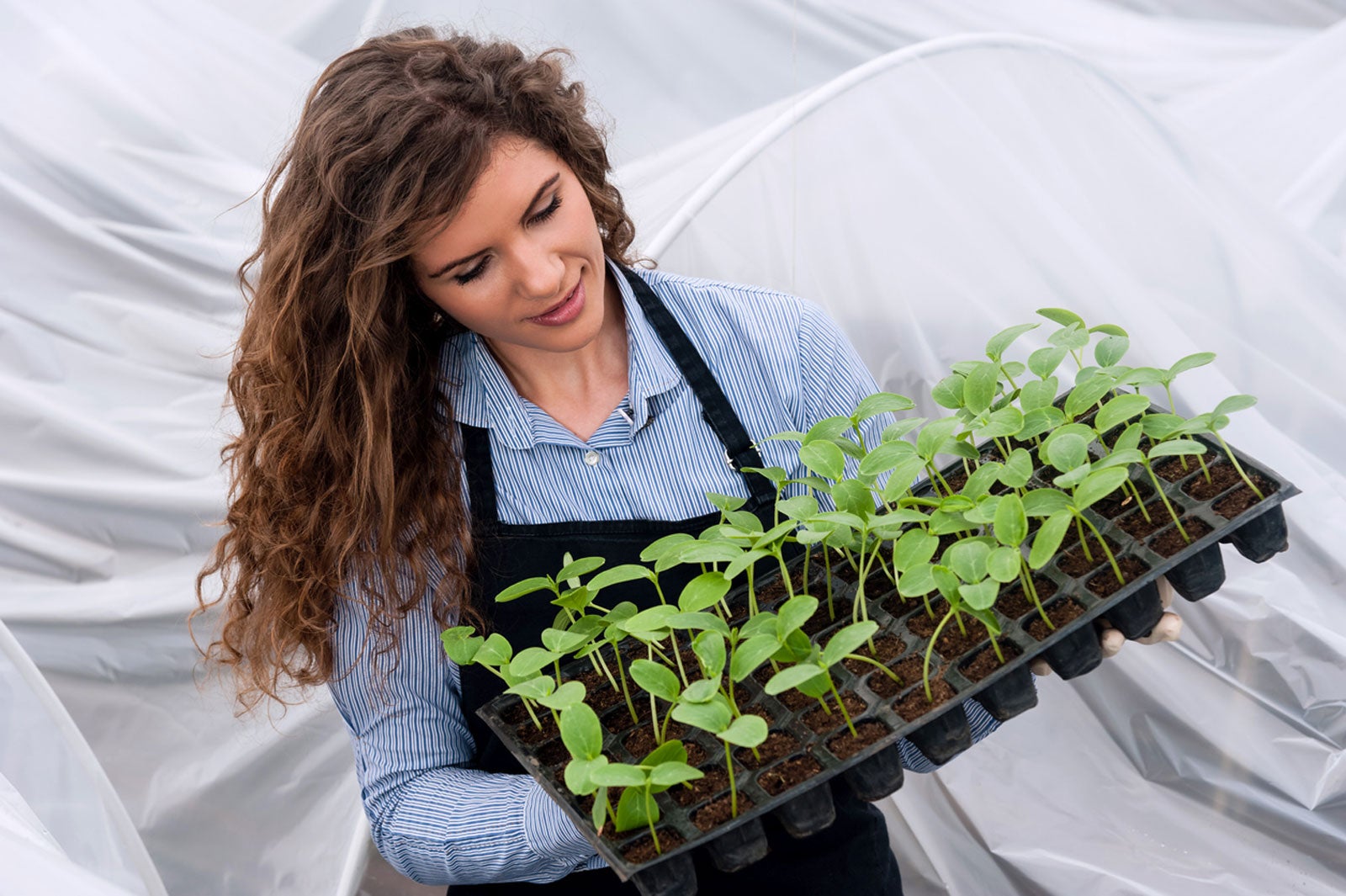Compost Greenhouse Heat Source – Heating A Greenhouse With Compost

Many more people are composting today than a decade ago, either cold composting, worm composting, or hot composting. The benefits to our gardens and to the earth are undeniable, but what if you could double the benefits of composting? What if you could use compost as a heat source?
Can you warm a greenhouse with compost, for instance? Yes, heating a greenhouse with compost is, indeed, a possibility. In fact, the idea of using compost in greenhouses as a heat source has been around since the ‘80s. Read on to learn about compost greenhouse heat.
About Compost Greenhouse Heat
The New Alchemy Institute (NAI) in Massachusetts had the idea to use compost in greenhouses to generate heat. They began with a 700 square foot (65 sq. m.) prototype in 1983 and carefully recorded their results. Four detailed articles on compost as a heat source in greenhouses were written between 1983 and 1989. The results were varied and heating a greenhouse with compost somewhat problematic at first, but by 1989 many of the glitches were ironed out.
The NAI declared that using compost in greenhouses as a heat source was risky since composting is both an art and science. The amount of carbon dioxide and nitrogen produced was a problem, while the amount of heating provided by compost greenhouse heat insufficient to warrant such an output, not to mention the cost of specialized composting equipment. Also, nitrate levels were too high for safe production of cool season greens.
By 1989, however, the NAI had revamped their system and resolved many of the more challenging issues with using compost as a heat source in greenhouses. The whole idea of utilizing compost greenhouse heat is to channel the heat from the composting process. Raising the soil temperature by ten degrees can increase plant height, but heating a greenhouse can be expensive, so harnessing the heat from composting saves money.
How to Use Compost as a Heat Source in Greenhouses
Fast forward to today and we’ve come a long way. The systems of heating a greenhouse with compost studied by the NAI used sophisticated equipment, such as water pipes, to move heat around large greenhouses. They were studying using compost in greenhouses on a massive scale.
For the home gardener, however, heating a greenhouse with compost can be a relatively simple process. The gardener can use existing compost bins to warm specific areas or implement trench composting, which allows the gardener to stagger row plantings while keeping the heat up through the winter.
Gardening tips, videos, info and more delivered right to your inbox!
Sign up for the Gardening Know How newsletter today and receive a free copy of our e-book "How to Grow Delicious Tomatoes".
You could also build a simple compost bin using two empty barrels, wire, and a wood box:
- Upend two barrels so they are several feet apart inside the greenhouse. The barrel top should be closed. Lay a metal wire bench top across the two barrels so they support it at both ends.
- The space between the barrels is for the compost. Place the wood box between the two barrels and fill it with compost materials – two parts brown to one part green and water.
- Plants go on top of the wire bench. As the compost breaks down, it releases heat. Keep a thermometer atop the bench top to monitor the heat.
That is the basics for using compost as a heat source in a greenhouse. It is a simple concept, albeit temperature swings will occur as the compost breaks down and should be accounted for.

Amy Grant has been gardening for 30 years and writing for 15. A professional chef and caterer, Amy's area of expertise is culinary gardening.
-
 Terrifically Tubular Flowers For Hummingbirds: 9 Tube-Flowered Plants To Attract Hummers
Terrifically Tubular Flowers For Hummingbirds: 9 Tube-Flowered Plants To Attract HummersGrowing tubular flowers for hummingbirds helps you create the optimum feeding conditions for your winged friends. Here are nine tubed delights for hummers
By Tonya Barnett
-
 How To Grow Hydroponic Tomatoes For Fresh Indoor Harvests – No Soil Required
How To Grow Hydroponic Tomatoes For Fresh Indoor Harvests – No Soil RequiredLearning how to grow tomatoes in water is easy and allows you to harvest fresh-home-grown produce in every season without any mess.
By Ellen Wells